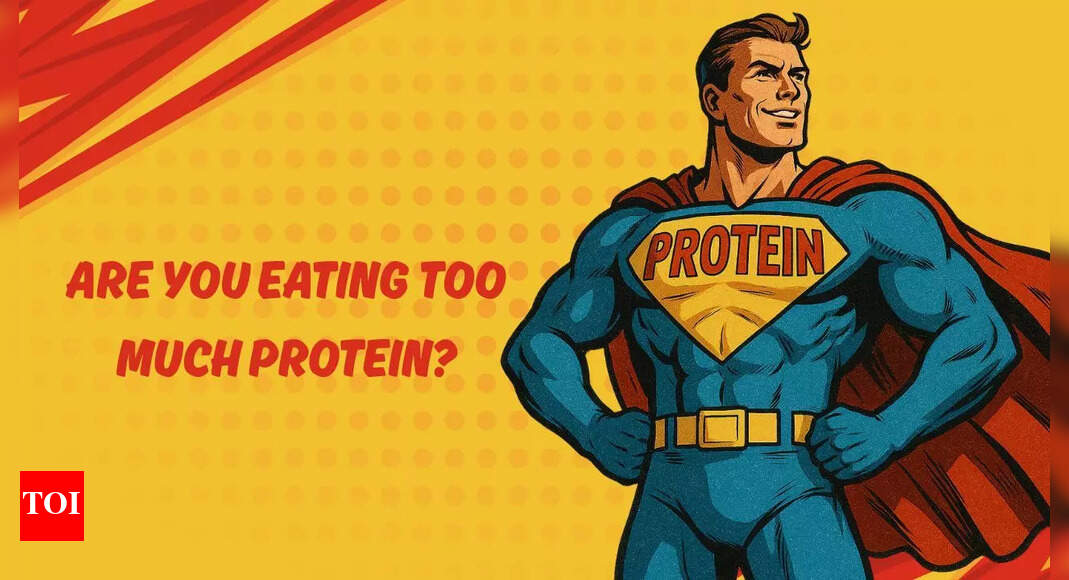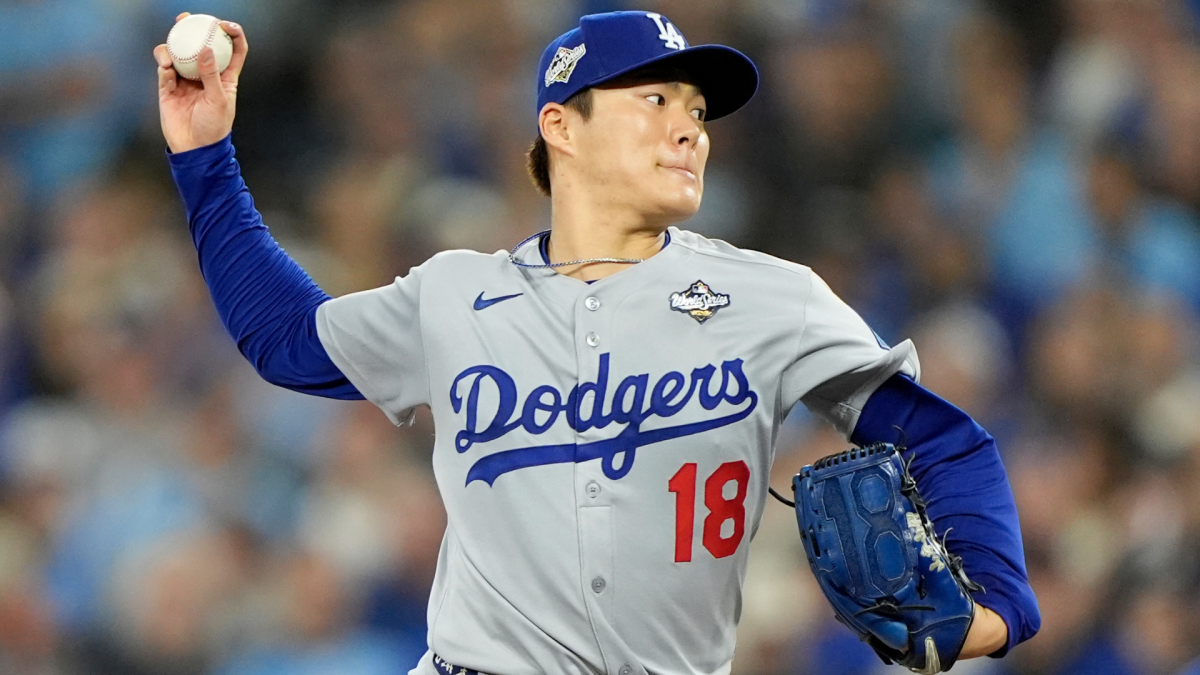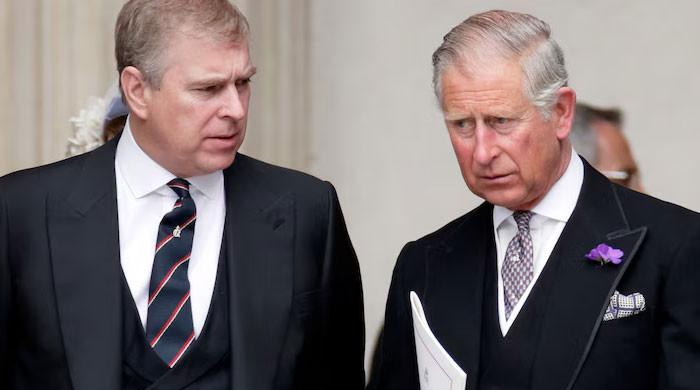The Los Angeles Dodgers even the 2025 World Series at 1-1 with a 5-1 victory over the Toronto Blue Jays in Saturday’s Game 2.
For much of the night, it was a classic pitchers’ duel between the two starters — Kevin Gausman for the host Blue Jays and Yoshinobu Yamamoto for the Dodgers. At one point, Gausman retired 17 straight batters, but it was Yamamoto who owned the night with a second straight postseason masterpiece.
The game remained tied for several innings before Will Smith finally put the Dodgers in front for good in the seventh. From there, Yamamoto kept cruising.
Now for some takeaways from Game 2 in Toronto.
Yamamoto spun another gem
Yamamoto authored a complete game his last time on the mound, which came in Game 2 of the NLCS against the Brewers. In that ace performance, he allowed one run on three hits with seven strikeouts and one walk. In this Game 2, he was just as suffocating:
Of Yamamoto’s 105 pitches, 73 went for strikes. It was a night of both dominance and balance for the right-hander, who’s in just his second season in MLB. He earned 17 swinging strikes in Game 2 and just as many called strikes. His fastball, which he threw 25 times, averaged 96.2 mph. His curve, which he threw 23 times, barely cracked 80 mph on average. In all, Yamamoto called on six different pitch types.
Early on, it didn’t seem like this kind of outing was in the offing. That’s because the Jays in the bottom of the first forced Yamamoto to throw 23 pitches. He kept runs off the board, though, with perhaps his best — or at least most aesthetically pleasing — pitch of the night, a perfectly placed curveball to freeze Daulton Varsho and end the early threat:
From there, Yamamoto dominated. He permitted a pair of baserunners in the third but then proceeded to retire 20 batters in a row to end it, including striking out the side in the eighth.
In again going the distance, Yamamoto became the first pitcher to record consecutive complete games in the postseason since Curt Schilling, then of the Arizona Diamondbacks, in 2001. Yamamoto’s is also the first World Series complete game since Johnny Cueto of the Kansas City Royals in 2015. There’s also this:
In an era when starting-pitcher usage and workloads continue to be whittled down, Yamamoto’s throwback efforts this postseason become even more impressive.
The Dodgers powered up in the seventh
When Gausman came out for the top of the seventh, no Dodger had reached base since the first inning. He recorded a loud out on Freddie Freeman, and that bit of hard contact was a hint of things to come. The very next batter, Smith, turned around a full-count fastball in no-doubt fashion:
Smith missed the Wild Card Series against the Reds because of a hairline hand fracture he suffered earlier in September, but since returning he’s done nothing but hit. In this instance, Smith has long been one of the game’s best hitters on inside pitches, and that was very much in evidence here.
Soon thereafter, Max Muncy became the first lefty batter to hit an opposite-field home run off Gausman in 2025:
Muncy was already the Dodgers’ franchise leader in postseason home runs, and now he has 15 of them. More to the point, his solo homer gave the Dodgers a 3-1 lead in Game 2.
Further Dodger insurance came in the eighth, albeit in less thunderous fashion.
It’s now essentially a best-of-five series
The 1-1 tie in this best-of-seven affair means that, just like it says above, it’s now basically a best-of-five series for the belt and the title. By splitting the first Toronto leg, the Dodgers were able to seize home-field advantage the rest of the way. The Dodgers will host Games 3, 4, and 5 before the “if necessary” portion of the series brings us back to Toronto. For Games 3 and 4, the Dodgers have Tyler Glasnow and Shohei Ohtani lined up. So did the win in Game 2 shift the advantage back to the defending champs once all those factors are considered? It’s easy to draw that conclusion.
As for Monday’s Game 3 at Dodger Stadium, first pitch is scheduled for 8:00 p.m. ET.
First Appeared on
Source link













